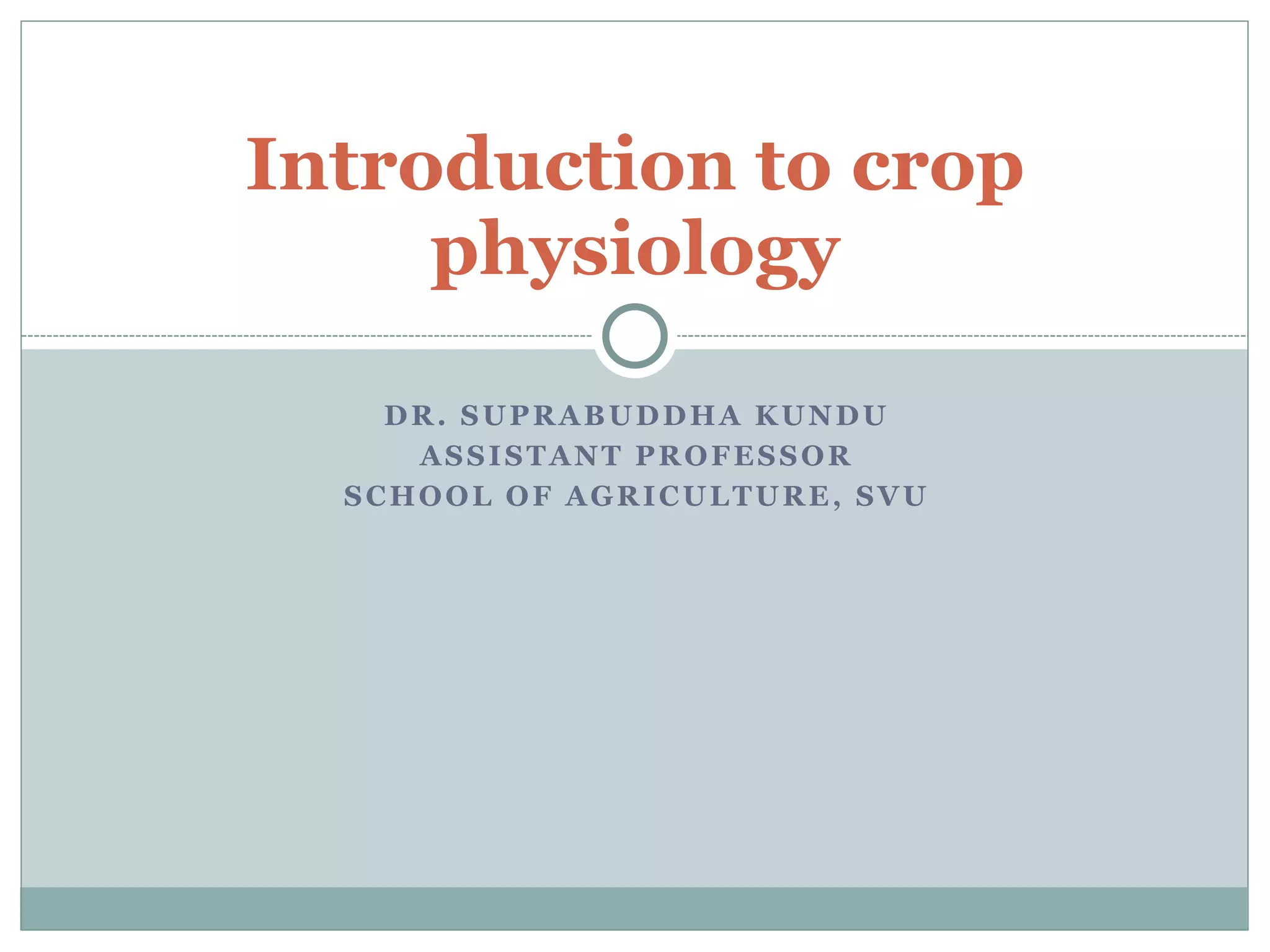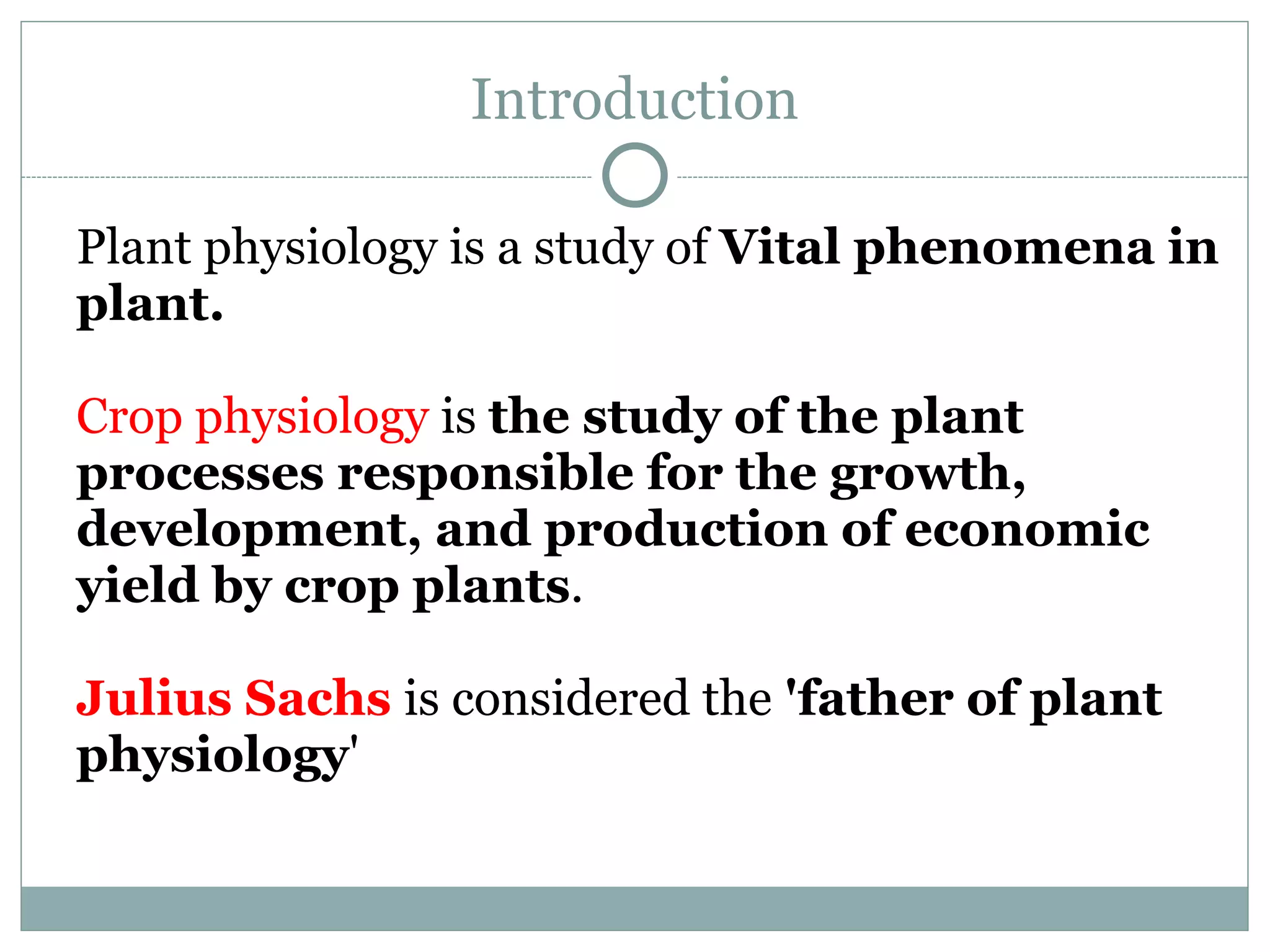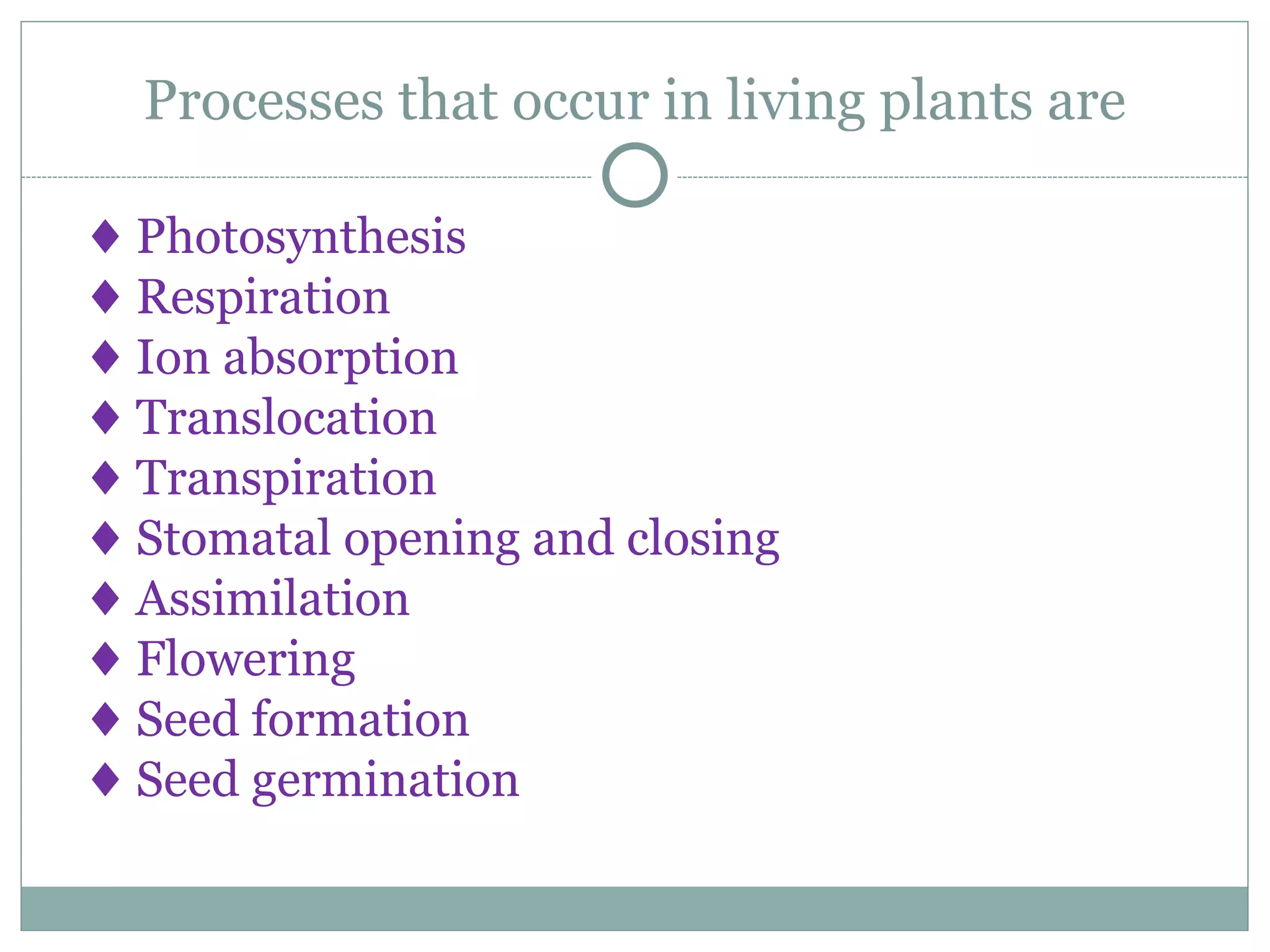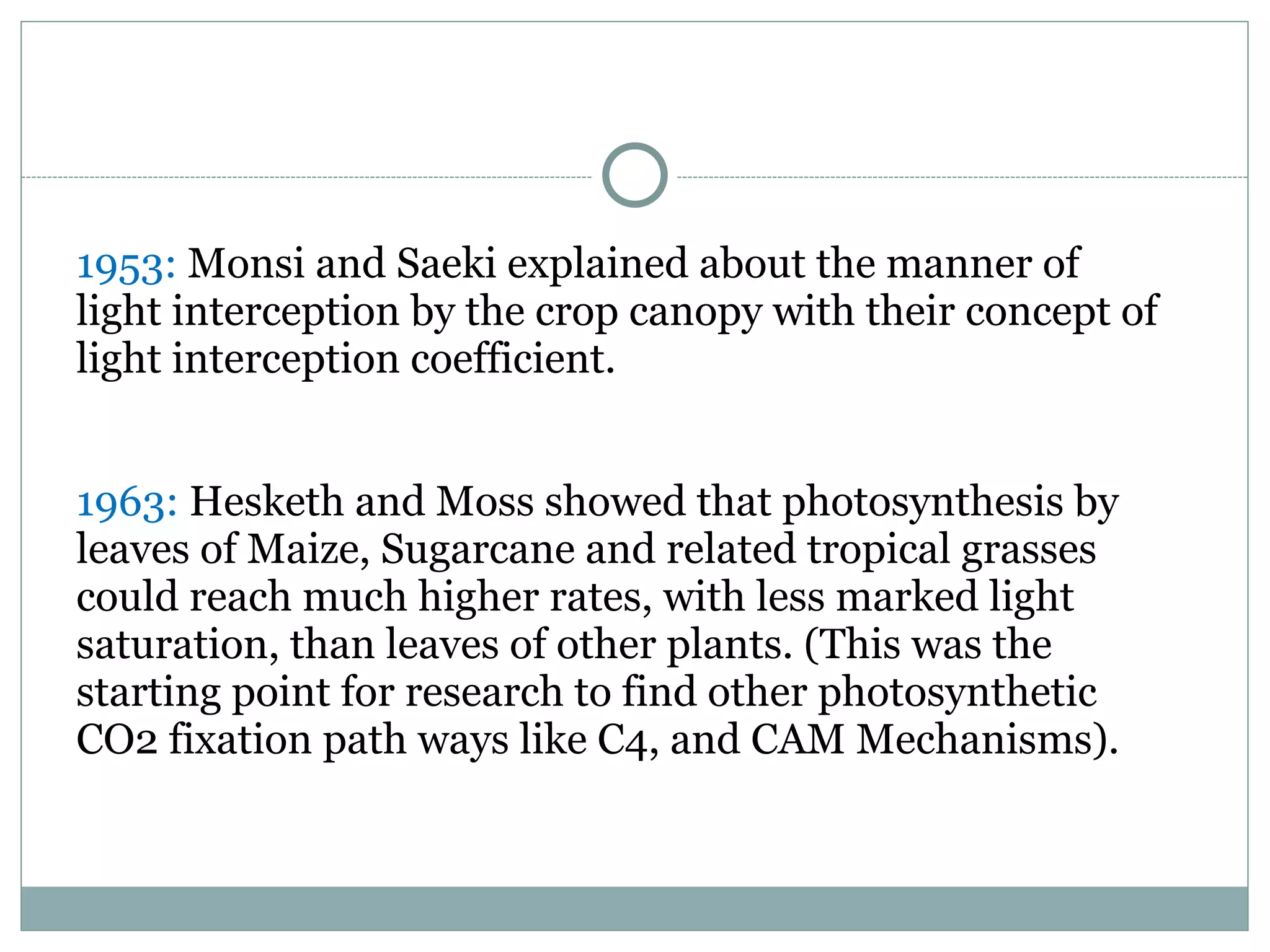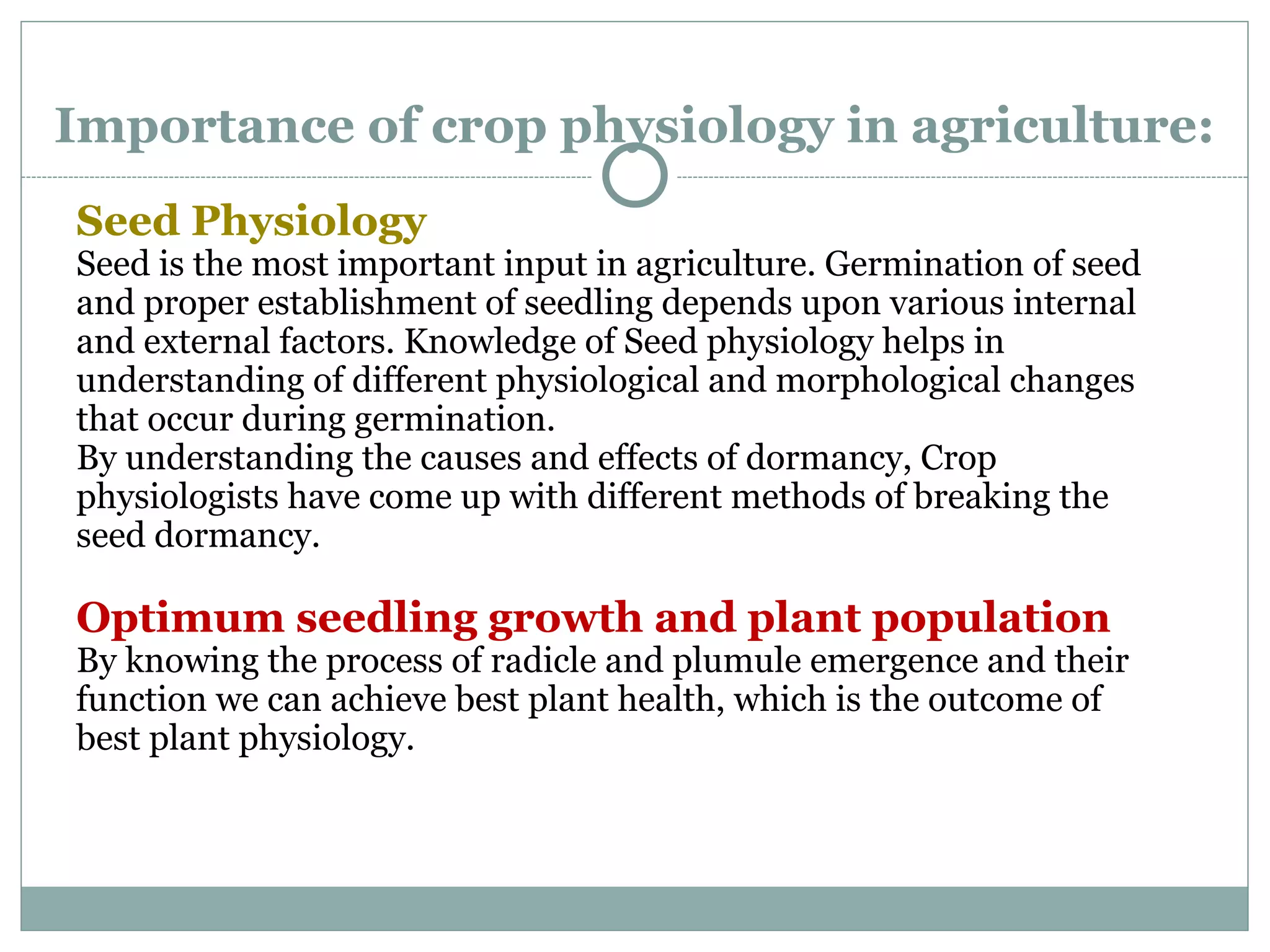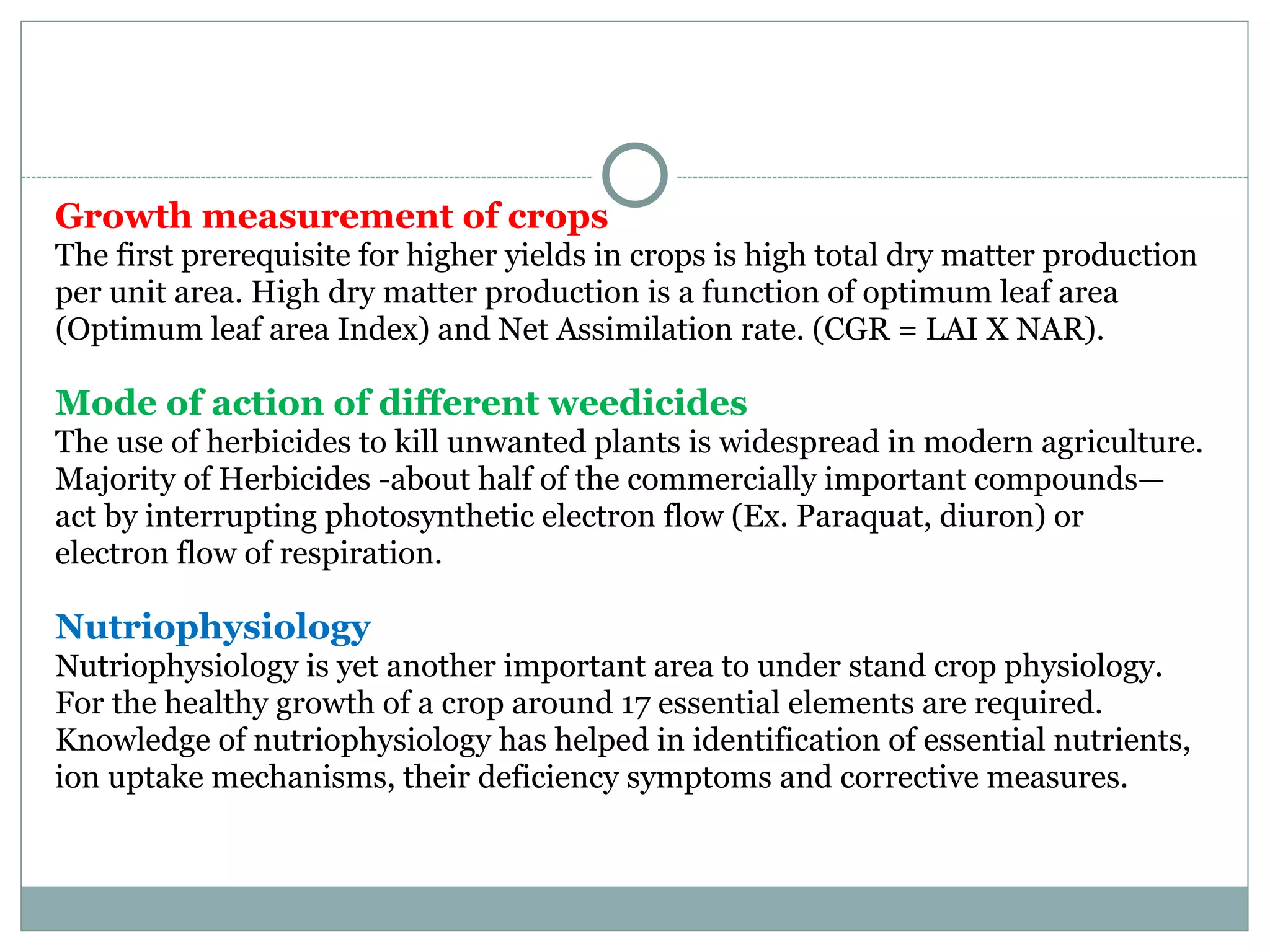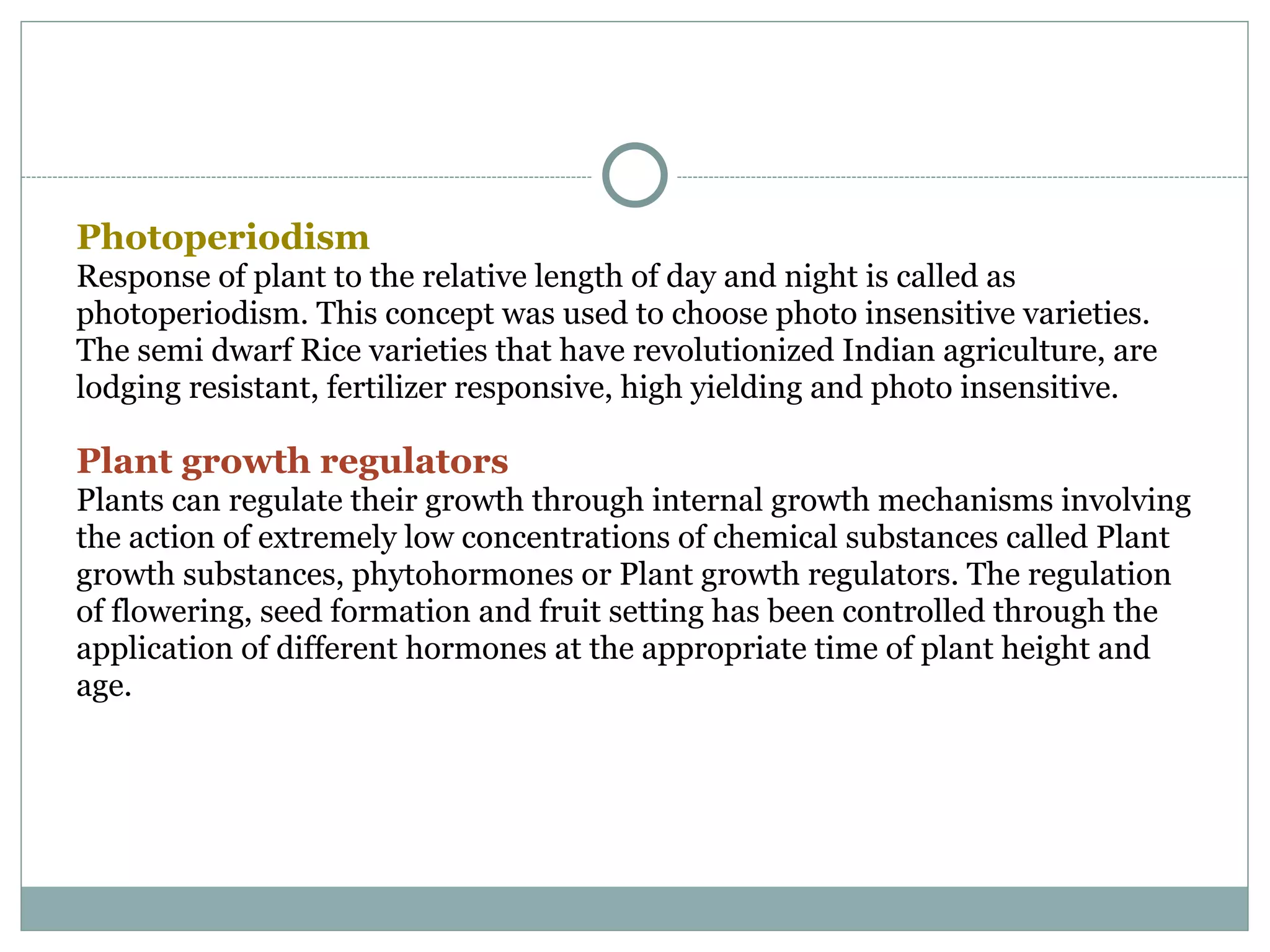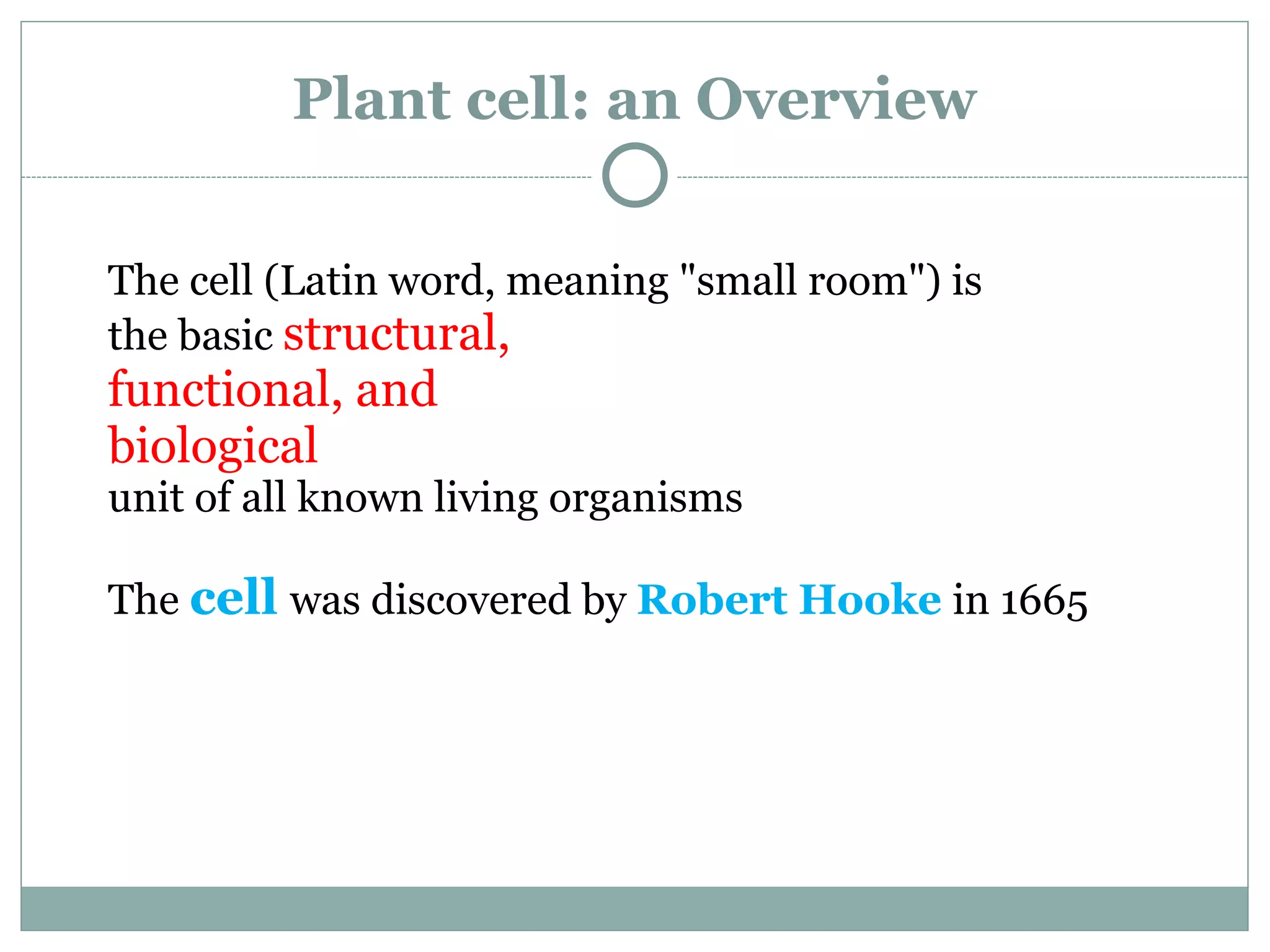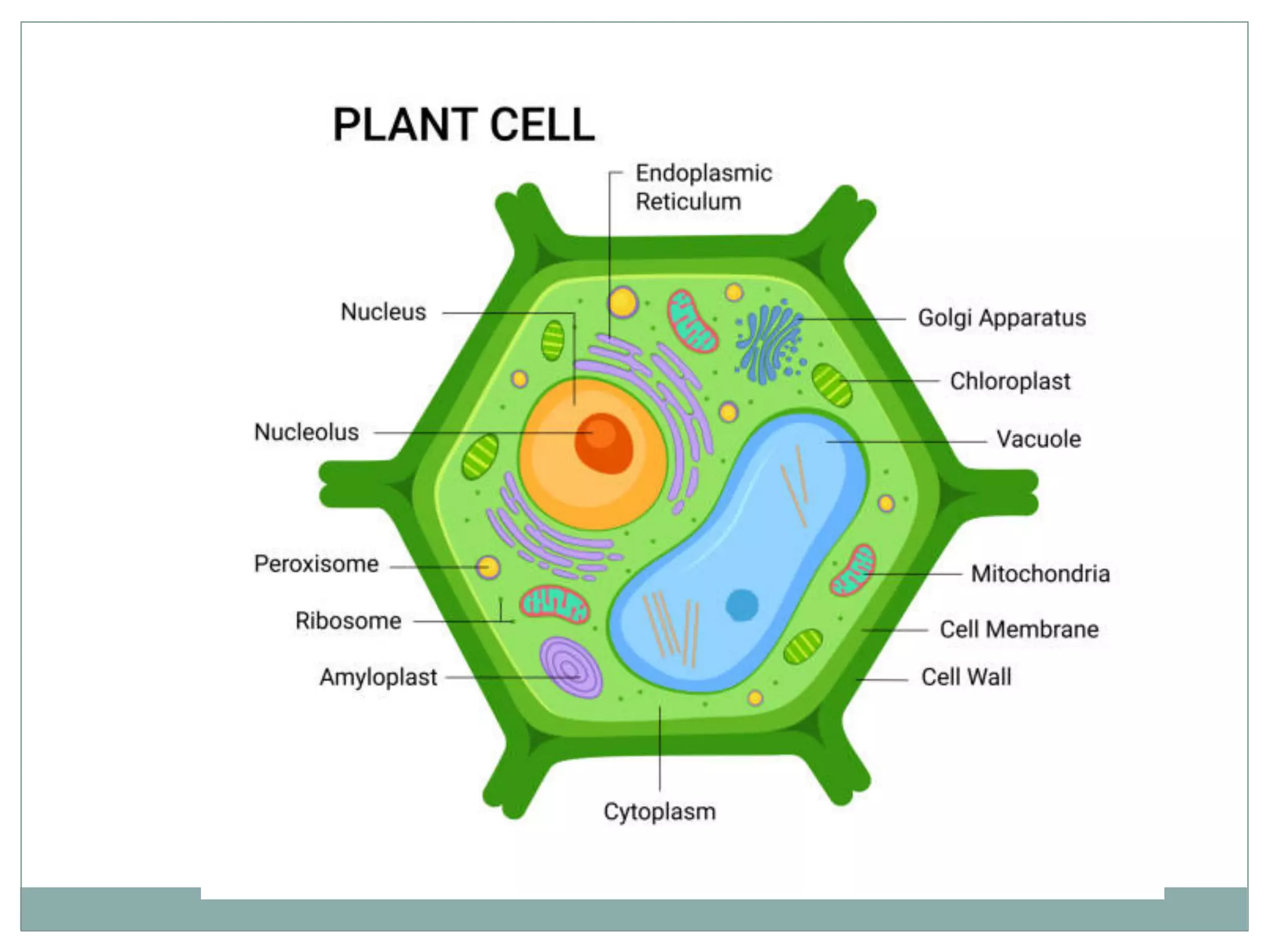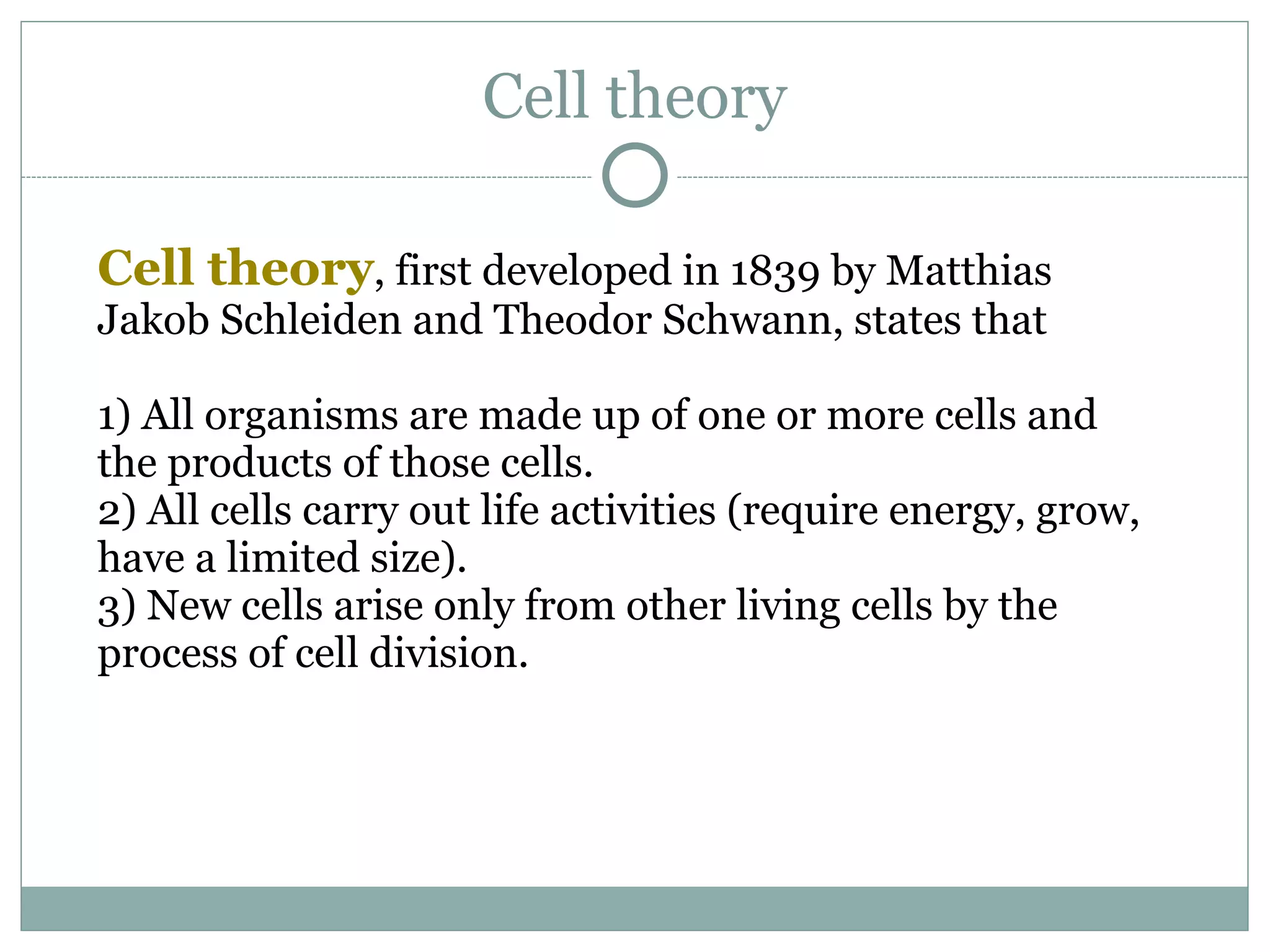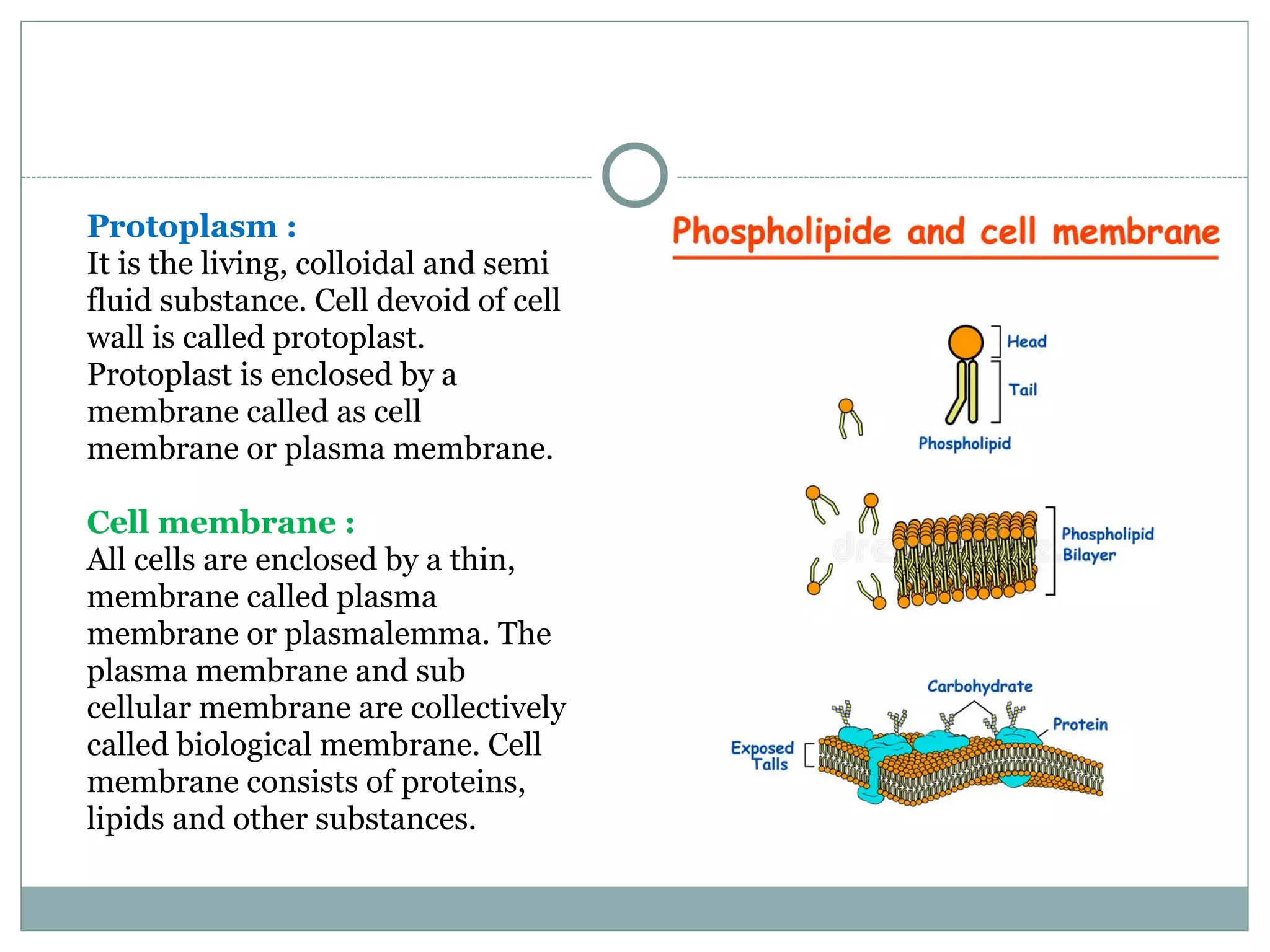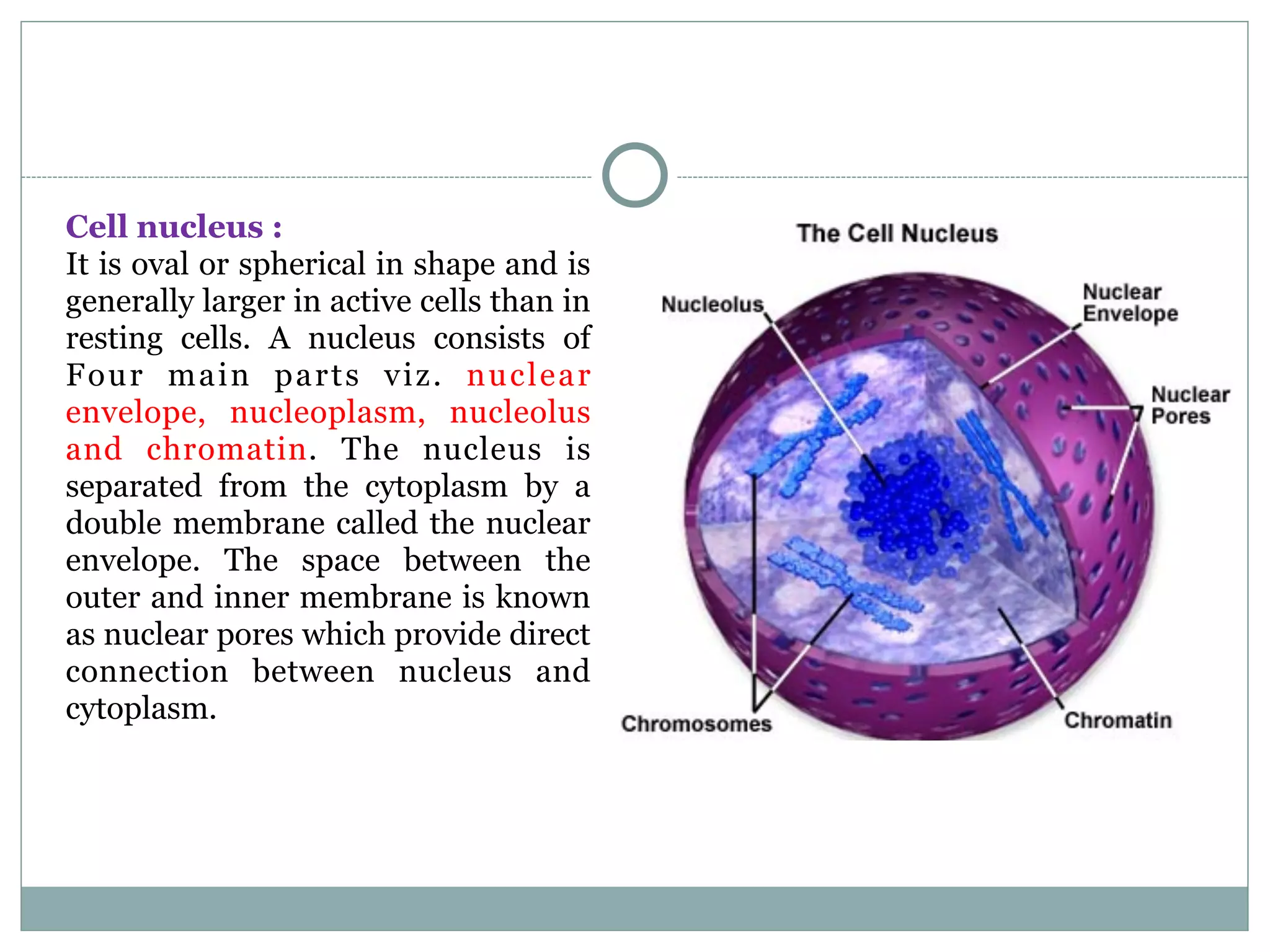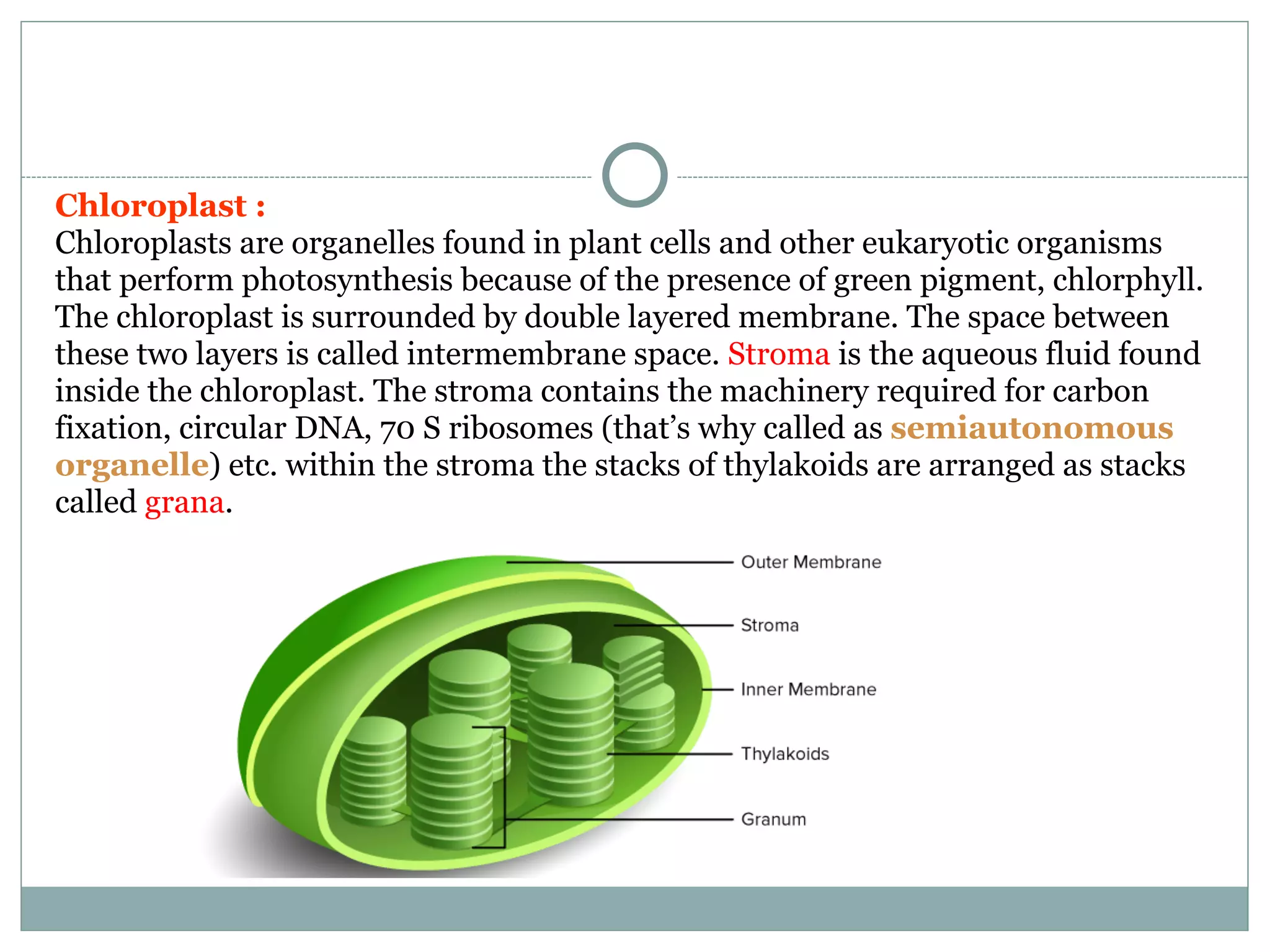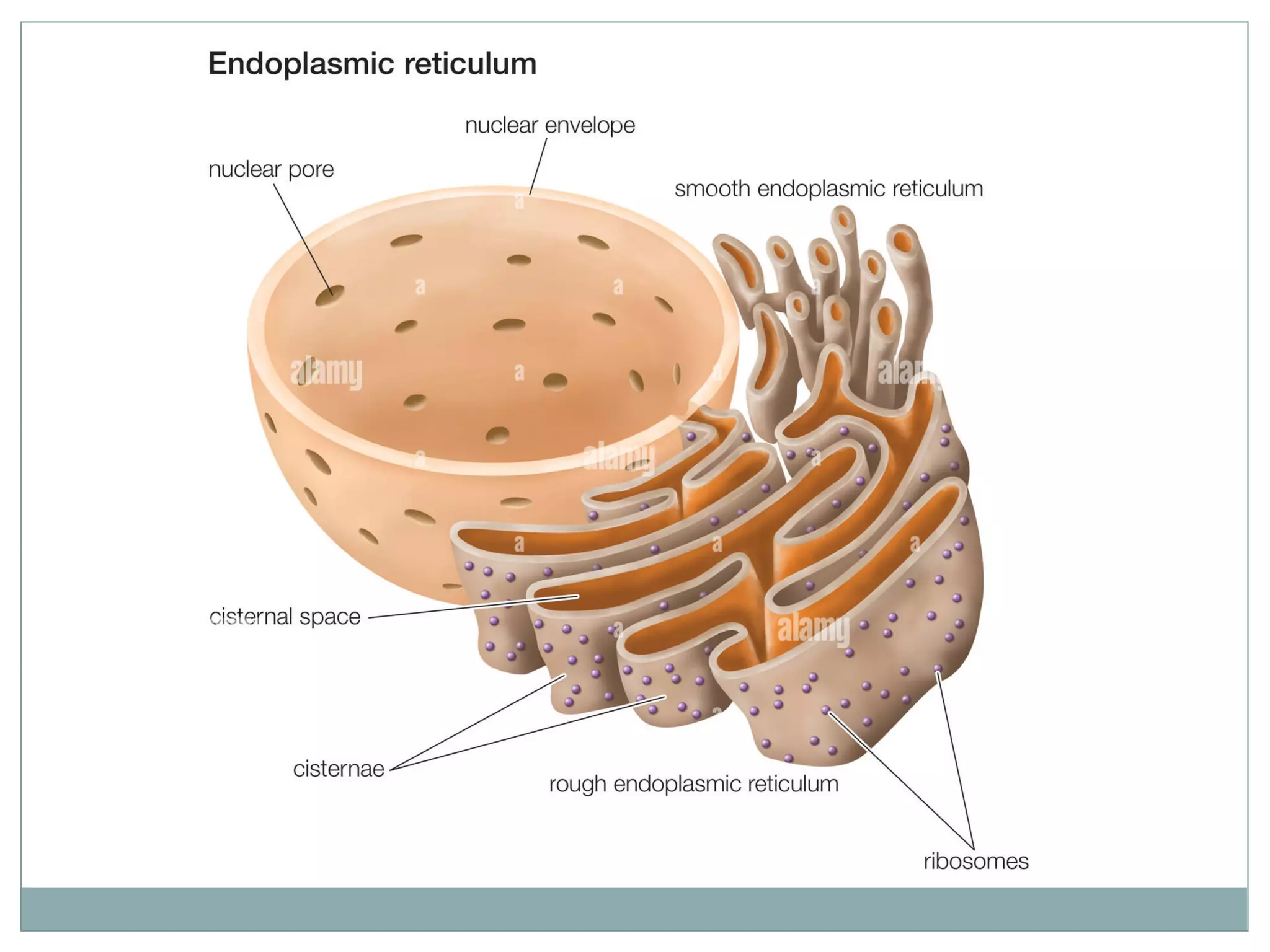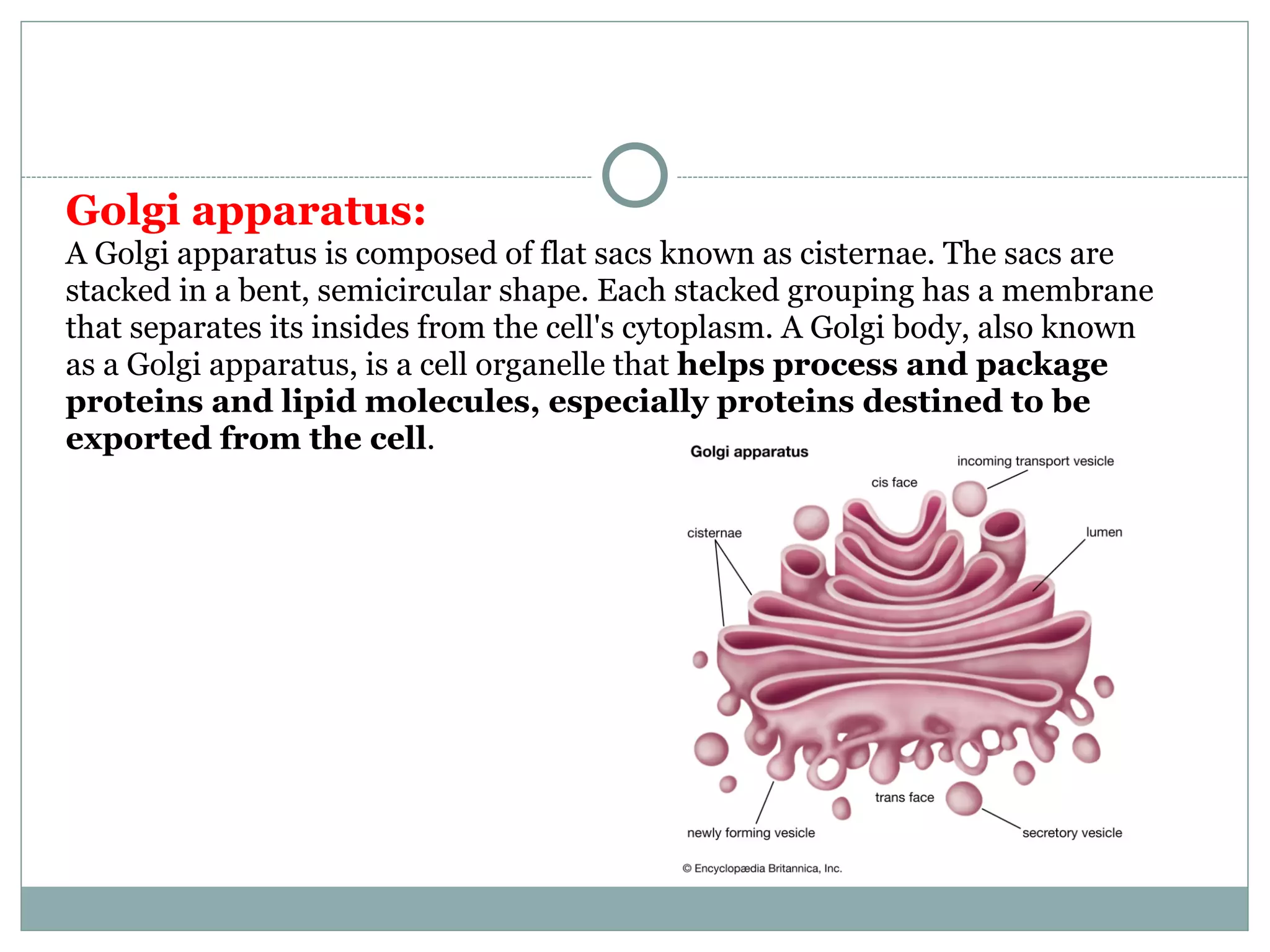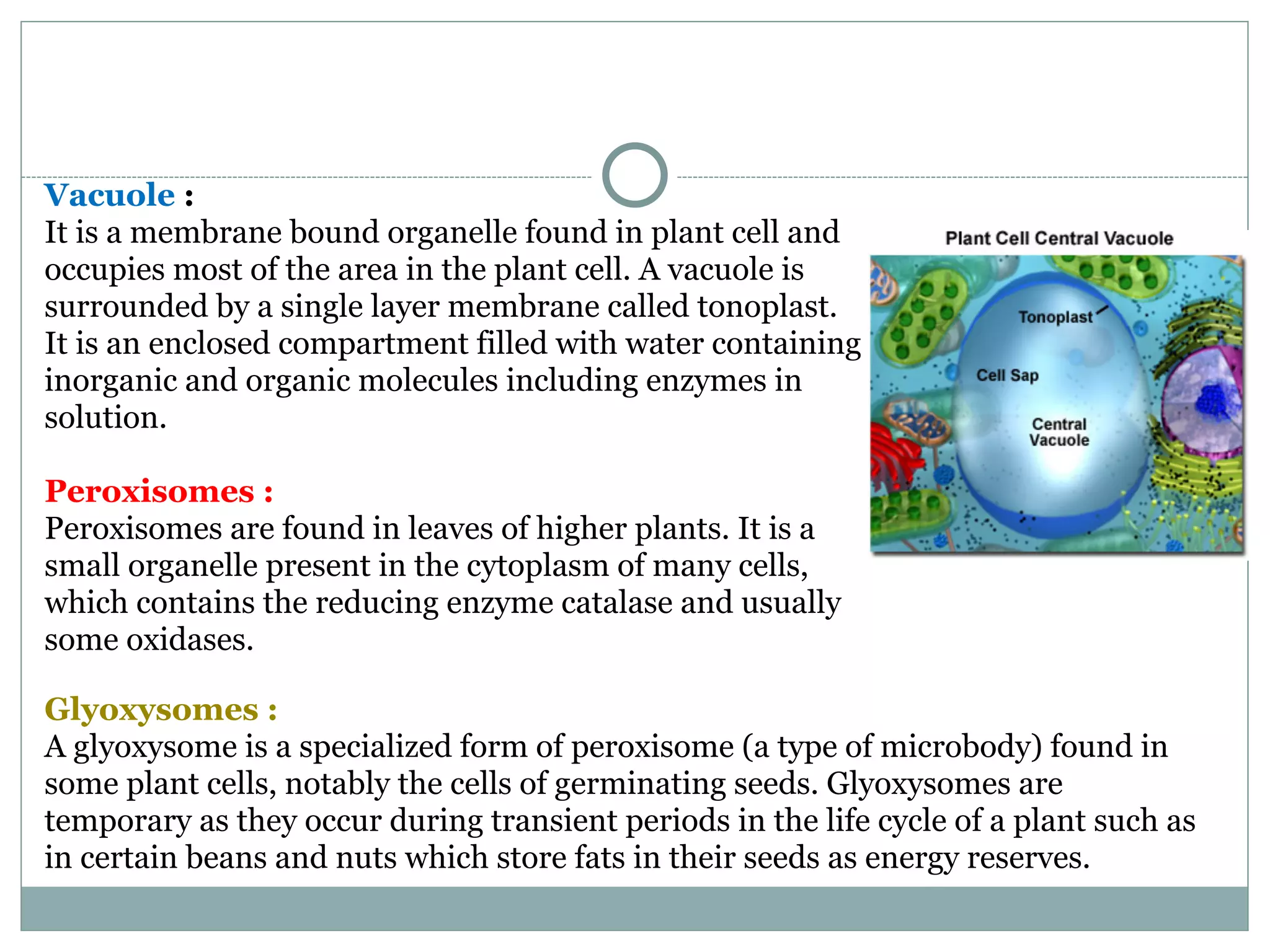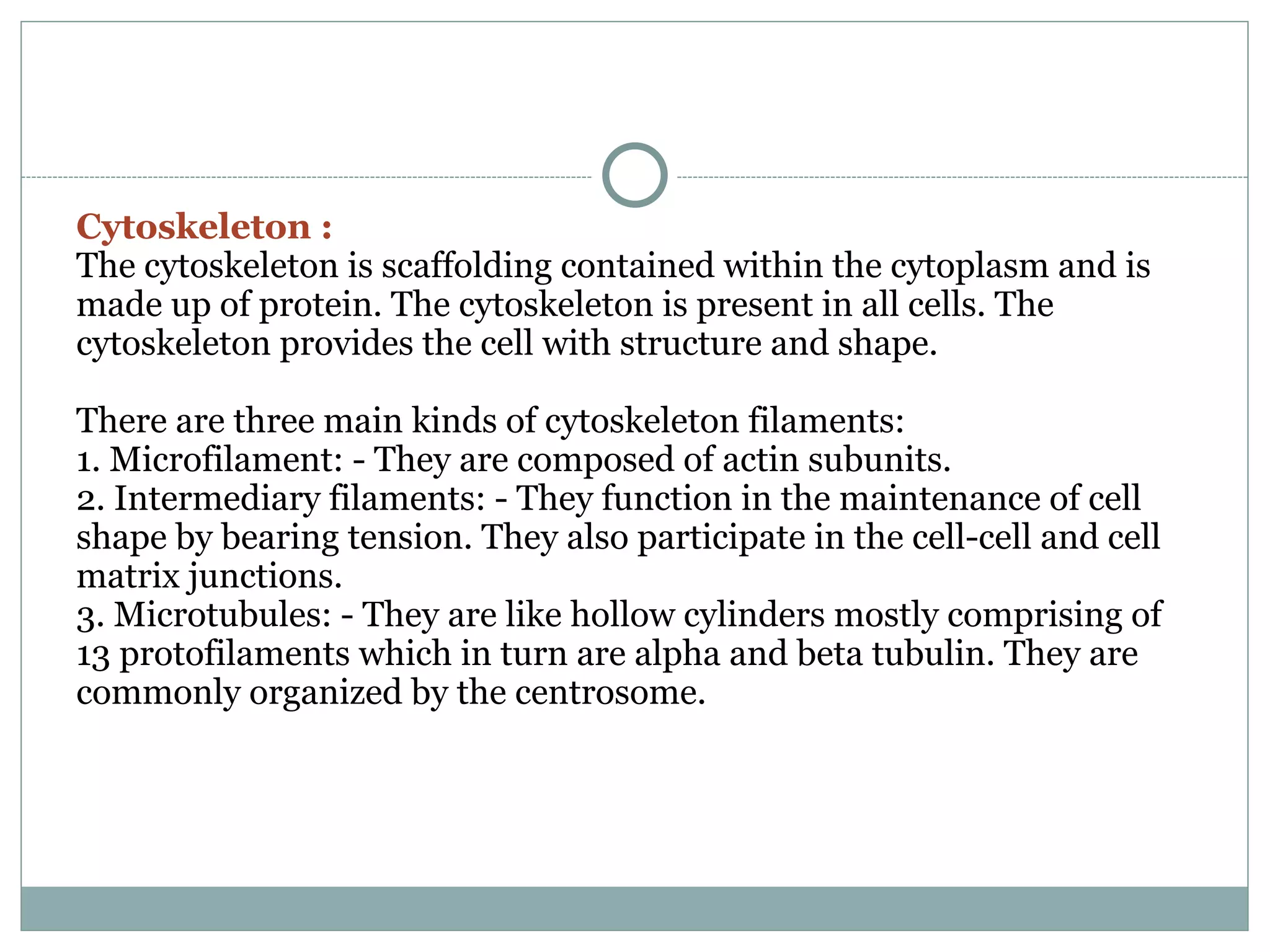Dr. Suprabuddha Kundu is an assistant professor in the School of Agriculture at SVU who teaches introduction to crop physiology. Crop physiology studies the growth, development, and economic yield production processes in crop plants. Important physiological processes in plants include photosynthesis, respiration, ion absorption, translocation, transpiration, and seed formation. A brief history of the field is provided, highlighting early pioneers and key developments like the concepts of leaf area index and photosynthetic gas analysis methods. The importance of understanding crop physiology for agriculture is explained, such as in seed physiology, growth measurement, herbicide action, nutrition, photoperiodism, plant growth regulators, and optimizing seedling growth and plant population.
